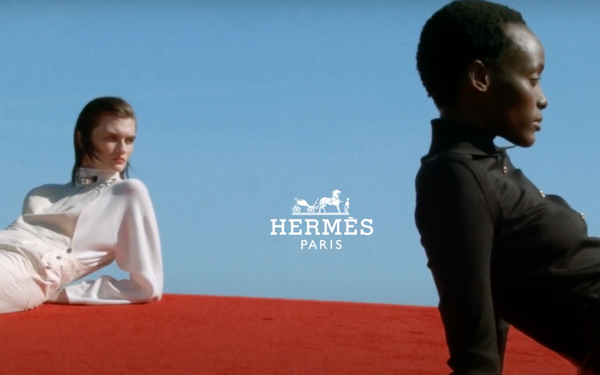
They may not be hungry or unemployed, but America’s luxury consumers are undergoing their own post-pandemic transformation. They’re questioning what matters most when they shop, says Marie Driscoll, managing director, luxury and fashion, of Coresight Research, an advisory and research firm specializing in retail and technology.
The researcher has been tracking consumer insights at all income levels, and Driscoll tells Marketing Daily what’s motivating shoppers.
Marketing Daily: How are consumers changing?
Marie Driscoll: They are asking themselves what’s important. Think back to March, when we quickly had to categorize purchases as either essential or nonessential, and stores were closed on that basis.
As the months have gone by, people are still thinking that through, and what’s essential to one person is different than someone else. For a lot of people, apparel, fashion and luxury are, to an extent, essential.
advertisement
advertisement
MD: How does sustainability fit in?
Driscoll: Our latest research, which isn’t specific to apparel, shows that about 29% of consumers in the U.S. say sustainability [now] matters more. They say that’s because they’ve had more time to think about what’s important, to see the impact people’s behavior can have on the planet.
But 47% say there’s been no change, and for the remainder, sustainability is less of a priority because they are concerned about money.
Looking at this from the perspective of Maslow’s hierarchy of needs, that makes sense: People are thinking about health and their family’s finances. COVID took up most of people’s mindshare.
MD: How do affluent consumers feel about luxury purchases?
Driscoll: There’s an appetite for luxury products. They’re not down and out. But the main obstacle continues to be international travel.
MD: How so?
Driscoll: International travel is one of the main drivers of luxury shopping. U.S. consumers typically spend about 30% of their luxury budget when traveling outside the U.S. And international travel just isn’t happening.
MD: Is there a change in how they see luxury?
Driscoll: In times of uncertainty — and we saw this in 2008/2009 and 2000 — people feel insecure. They shift toward purchases that are going to retain their value: investment pieces.
We’re seeing that now. The styles are more minimalist. When you look at Hermes and Chanel, for example, they’re showing very basic items, with lots of black and white.
MD: The RealReal is talking about something called “stealth luxury.” Is that the same thing?
Driscoll: This is something we saw even before the pandemic: a trend away from heavy-duty maximalism.
Think of Gucci, with some of those screaming, vibrant prints. Now brands — even Gucci — are pulling back, introducing fashion that is less in-your-face.
It’s a trend that works better now. If you buy something demure, understated and elegant, you’re more likely to be able to wear it every day. In times of uncertainty, people are less likely to go out on a fashion limb as they express themselves. Fashion and luxury are two different things. Luxury needs to play in fashion, but it also has to be beyond fashion.
MD: So purchases have to last. At what point do you predict people will go back to “normal” when it comes to clothing — either at the high or low end? Your latest research shows the majority of people are still avoiding malls. And only 22% have bought clothing in a physical store in the last two weeks.
Driscoll: I don’t think it will go back to the way it was. In the last two years, shoppers were already getting used to three new ideas — resale, rental and subscription — having a significant impact on apparel sales.
Then came COVID, and now we all don’t need to wear so many clothes. You might have to change your top during the day, but not your bottoms. You’re dressing for comfort. We’re all just learning how to live this lifestyle. And even as we go back to work, we’ll see a shift toward more casual business attire. The model has changed, and it’s not going to be like it was.
MD: What will the biggest changes be?
Driscoll: This allows the apparel industry to change its supply chain, to make the industry more sustainable. Consumers may buy fewer better pieces, as they look for items that hold their value.
MD: When will sales recover for luxury brands?
Driscoll: It will help when people start traveling again. But in terms of reaching where we were at the end of 2019?
We’re not there. Our July research found that 55% of luxury consumers are spending less. And close to a third of them think they’ll continue to do so for longer than six months.
Companies are clawing their way back. China is strong, but Europe is not. We won’t hit that 2019 level until sometime in 2021.




